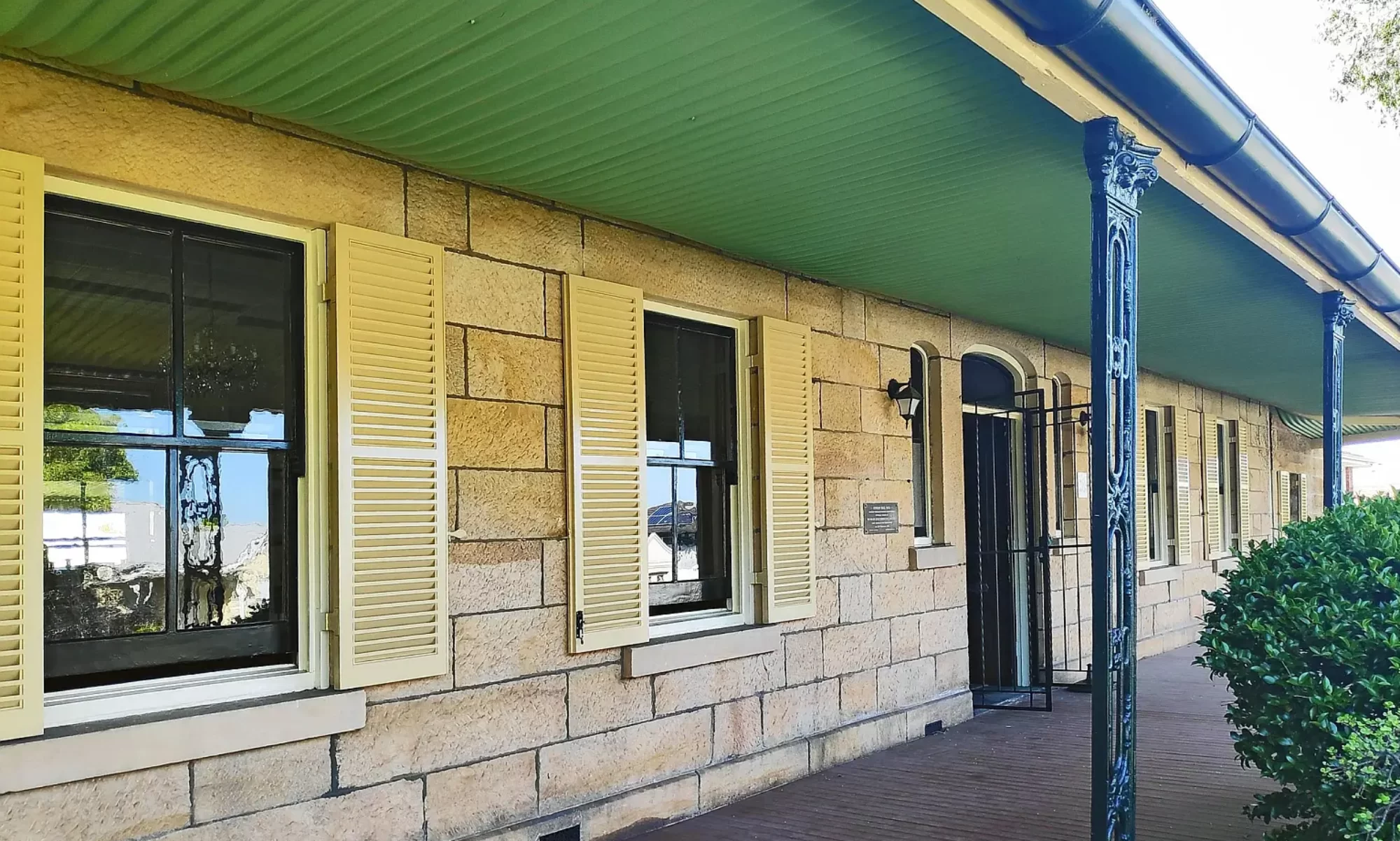It is always good to see one of our members going out of their way to show people the importance of our historical background and also demonstrate the importance of federation to our country. Ms Anne Field has certainly done this. On August 10th, 2001 she coordinated and starred in a production called “A Nation …
1962 Letter from Amy Slade
12 Sept. 1962 Dear Sirs, I was very interested in the talk on early Rockdale last Saturday night as I myself was born just a few minutes walk from Brighton Le Sands almost 78 years ago. My grandfather, James Beehag, and his brother, William, came to Australia just 2 religious minded young men when it …
Sea Breeze Hotel
by Fred Scott One of the many buildings that have not survived the march of “progress”, and which are remembered by persons of a certain age, is the Sea Breeze Hotel at Tom Ugly’s Point, situated on the Princes Highway just before the bridge over the Georges River. The establishment of this hotel is but …
The Black, or Muddy Creek Watershed
by Gifford and Eileen Eardley The name of Black, or Muddy, was far too often bestowed on pellucid streams by unimaginative first settlers in a particular area, and it is somewhat unfortunate that both of these names were conferred on the waterway, now only a brick-sided stormwater channel, which wends its silent way from the …
Mr. Harry Figg, licencee of Saywell’s New Brighton Hotel
One of the best-known licencees of Saywell’s New Brighton Hotel, Lady Robinson’s Beach, was Mr. Harry Figg. Harry Figg gravitated to Brighton-le-Sands after being Minehost of the Harvest Home Hotel, Hobart, but prior to his arrival in Australia he had seen very stirring times in South Africa. During the Zulu wars Mr. Figg had a …
Continue reading “Mr. Harry Figg, licencee of Saywell’s New Brighton Hotel”

